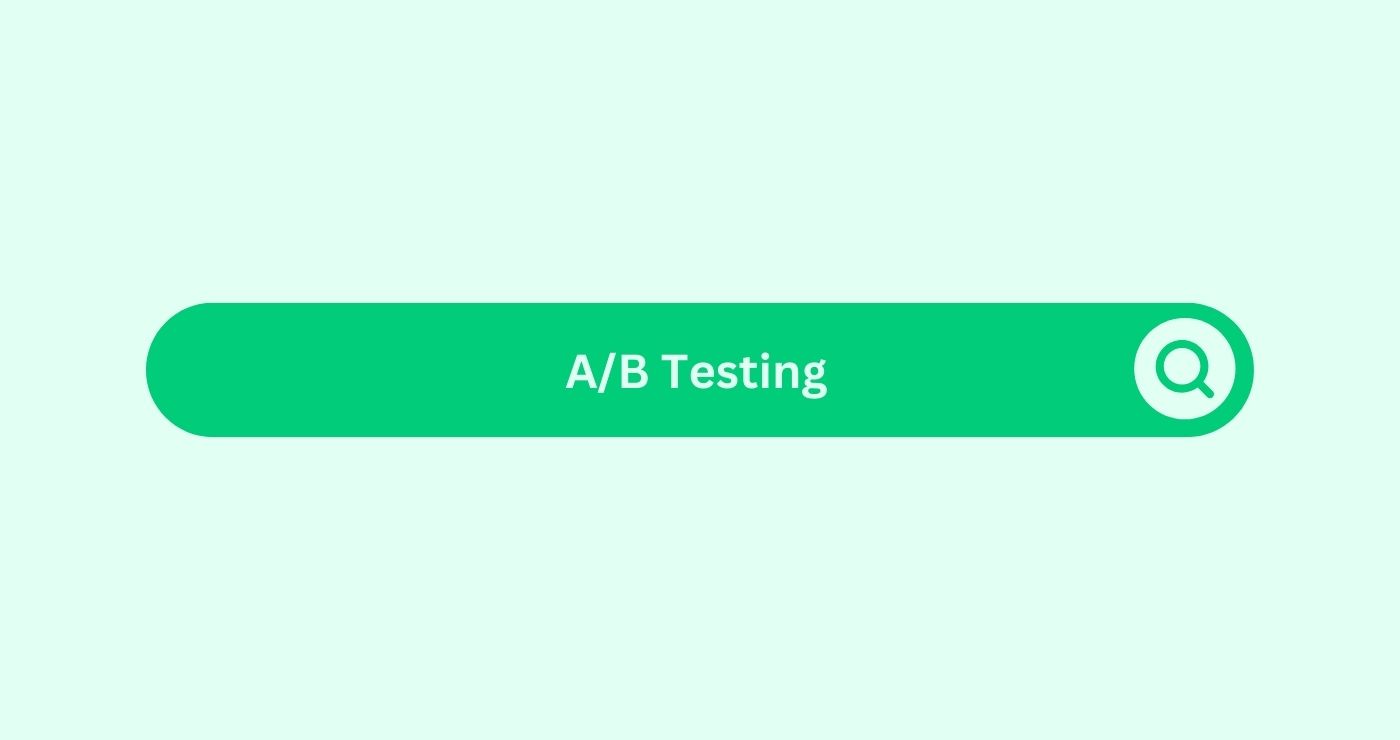Definition
A/B Testing, or split testing, compares webpage versions (A and B) to improve user engagementDefinition Engagement in content marketing refers to the deg... and conversionDefinition In the realm of SEO, Conversion refers to the pro... rates by analysing specific changes randomly shown to different visitors.
How You Can Use
A/B Testing enhances SEO strategy by testing webpage elements to boost user engagementDefinition Engagement in content marketing refers to the deg... and conversionDefinition In the realm of SEO, Conversion refers to the pro... rates. In an online store example, testing button variations reveal the red “Buy Now” button increases product purchases, leading to implementing it site-wide and improving sales.
Calculations
The effectiveness of A/B Testing can be calculated using statistical analysis to determine the significance of the results. One common method is to use the conversion rateDefinition Conversion Rate in the SEO space refers to the pe... (CR) formula:
Conversion Rate (CR) = (Number of Conversions / Number of Visitors)×100
Conversion Rate (CR) = (Number of Visitors / Number of Conversions)×100
You then compare the conversionDefinition In the realm of SEO, Conversion refers to the pro... rates of Variant A and Variant B to see which one performs better. Statistical significance can be assessed using tools such as chi-square tests or t-tests to ensure that the observed differences are not due to random chance.
Key Takeaways
- Data-Driven Decisions: A/B Testing allows for making informed decisions based on actual user behavior data.
- Improves Conversions: Optimising webpage elements through A/B testing can significantly enhance conversionDefinition In the realm of SEO, Conversion refers to the pro... rates.
- Enhances User Experience: By identifying and implementing the most effective changes, you can improve overall user satisfaction.
- Reduces Risk: Testing changes on a small scale before full implementation reduces the risk of negative impacts.
- Continuous Optimization: A/B Testing is an ongoing process that helps continually improve website performance.
FAQs
What is A/B Testing in SEO?
A/B Testing in SEO is the practice of comparing two versions of a webpage to determine which one performs better in terms of user engagementDefinition Engagement in content marketing refers to the deg... and conversions.
Why is A/B Testing important?
A/B Testing is crucial for optimizing webpage elements, improving user experience, and increasing conversionDefinition In the realm of SEO, Conversion refers to the pro... rates based on real user data.
How do I conduct an A/B Test?
Create two versions of a webpage (A and B), randomly show them to different visitors, and measure the performance of each version to determine which one is more effective.
What can I test in an A/B Test?
You can test various elements, such as headlines, images, call-to-action buttons, page layouts, and color schemes.
How long should an A/B Test run?
An A/B Test should run long enough to collect sufficient data for statistically significant results, typically a few weeks to a couple of months, depending on trafficDefinition In the context of SEO (Search Engine Optimisation....
What is the statistical significance in A/B Testing?
Statistical significance indicates that the observed differences in the test results are unlikely to be due to random chance and reflect a true performance difference.
Can A/B Testing negatively impact my SEO?
If not properly implemented, A/B Testing can potentially harm SEO if it leads to duplicate contentDefinition Duplicate content in the SEO space refers to iden... issues or negatively affects the user experience.
What tools can I use for A/B Testing?
Tools like Google Optimize, Optimise, and VWO are commonly used for setting up and analyzing A/B Tests.
How do I ensure my A/B Test results are reliable?
Ensure your sample size is large enough, run the test for an adequate duration, and use proper statistical methods to analyze the results.
What should I do if my A/B Test results are inconclusive?
If the results are inconclusive, you may need to run the test longer, increase the sample size, or test different elements to gather more definitive data.




